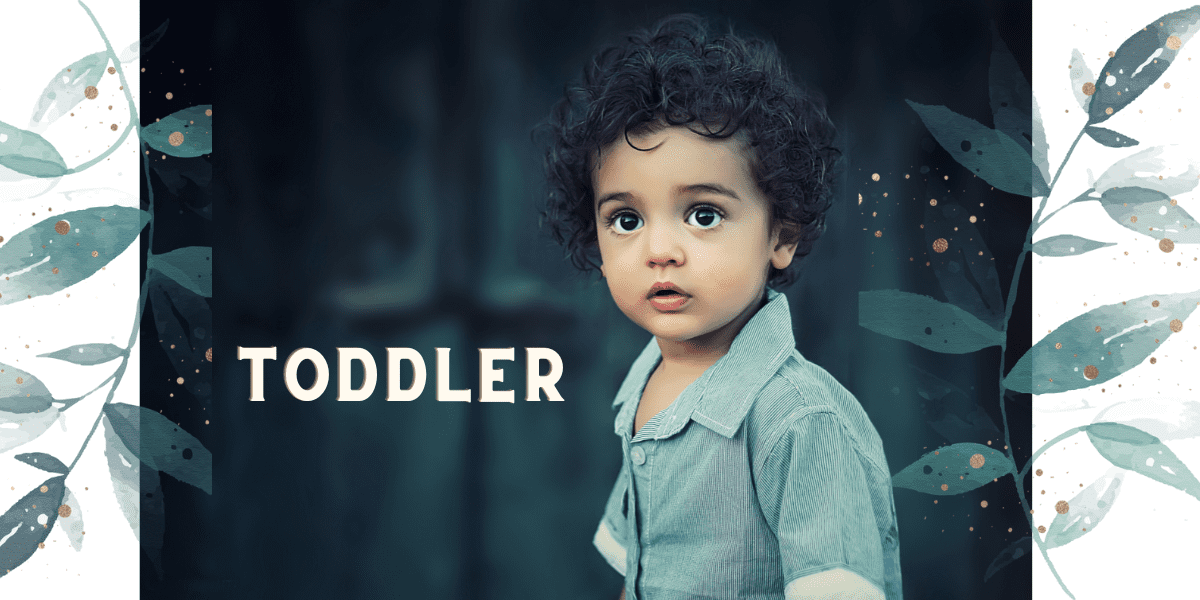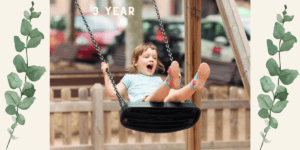Toddlerhood is a critical time in a child’s development. This stage typically spans from the ages of one to three, and it is during this time that children are learning and growing at an astonishing rate. Here are some important things to keep in mind during toddlerhood:
Autonomy vs. Shame and Doubt
One of the main developmental tasks during toddlerhood, according to Erik Erikson’s theory of psychosocial development, is the establishment of a sense of autonomy or independence. Children at this age are eager to do things on their own, such as dressing themselves, feeding themselves, and exploring their environment. As parents and caregivers, it’s important to encourage this newfound independence while also being mindful of not shaming or doubting the child’s abilities. Offering praise and encouragement for small achievements can go a long way in building a toddler’s self-esteem and confidence.
Physical Development
Toddlerhood is a time of significant physical development. Children are learning to walk, run, jump, climb, and explore their environment in new and exciting ways. As parents and caregivers, it’s important to provide a safe environment for toddlers to practice these new skills. This can include installing safety gates, securing furniture and appliances, and providing soft surfaces to cushion falls.
Language Development
Another important aspect of development is language development. During this stage, children are starting to understand more complex language and may be saying their first words. To support language development, parents and caregivers can read to their child regularly, talk to them often, and encourage conversation by asking open-ended questions.
Emotional Development
Experience a wide range of emotions, and it’s important for parents and caregivers to provide emotional support and validation. This can include giving hugs and physical affection, actively listening to the child, and helping them to identify and express their emotions. Responding with empathy and understanding can help a child feel seen and heard, which is crucial for their emotional development.
Social Development
Toddlers are also starting to develop their social skills during this stage. They may begin to play alongside other children, although parallel play (playing alongside other children but not necessarily with them) is still common. Encouraging socialization can include arranging playdates, attending story time at the library, or joining a local playgroup.
Sleep
Need plenty of sleep to support their growth and development. Most toddlers need around 12-14 hours of sleep per day, including naps. Establishing a consistent sleep routine can help a toddler feel more secure and relaxed at bedtime.
Nutrition
Proper nutrition is essential for a toddler’s growth and development. Offer a variety of healthy foods, including fruits, vegetables, whole grains, and lean proteins. Avoid foods that are high in sugar, salt, or fat. Toddlers can be notoriously picky eaters, so it’s important to offer a variety of healthy options and avoid making mealtime a battleground.
Discipline
While it’s important to encourage independence, toddlers also need clear boundaries and rules. Establishing clear rules and consequences can help a child understand what is expected of them. It’s important to be consistent with discipline and avoid making threats or using physical punishment.
Play
Play is an essential part of a toddler’s development. Through play, children learn about themselves, their environment, and how to interact with others. Provide your child with plenty of opportunities to play, explore, and learn. This can include playing with toys, going on nature walks, or visiting the park.
Self-care
Parenting a toddler can be stressful and exhausting at times.
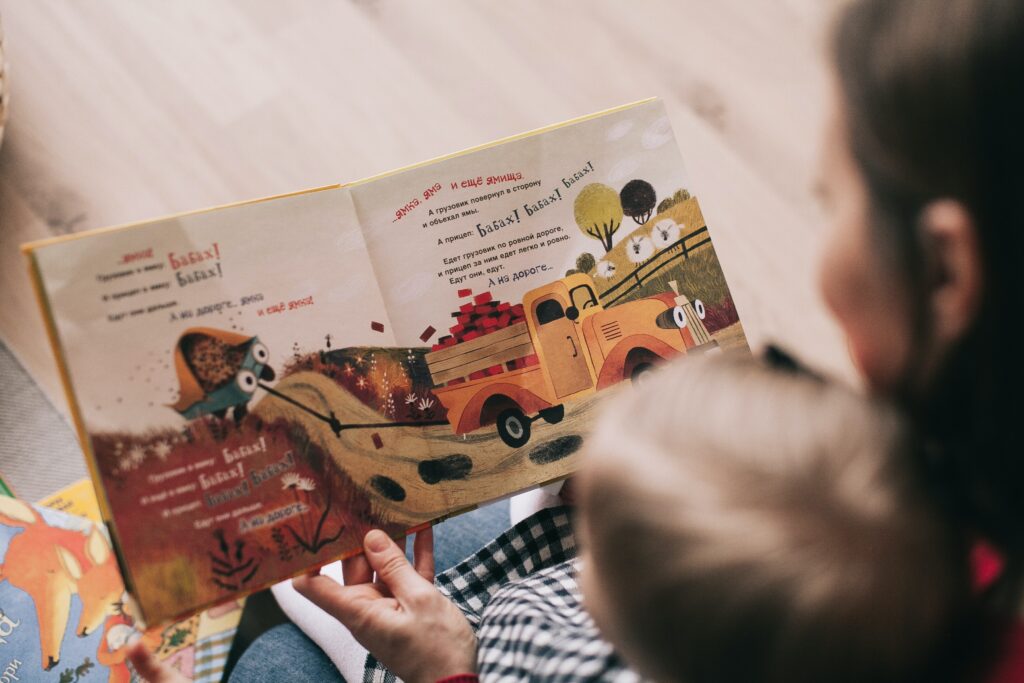
Traditional story about toddlers that is often told in Indian cultures is the story of the thirsty crow.
Once upon a time, a mother crow was flying around with her baby crow. The baby crow was very thirsty and kept crying for water. The mother crow searched everywhere but couldn’t find any water. She flew and flew until she saw a pitcher of water on the ground.
The mother crow quickly flew down to the pitcher, but found that the water level was too low for her baby to reach. She tried pushing the pitcher with her beak, but it was too heavy. She then had an idea and flew away to gather some small pebbles.
She returned to the pitcher with the pebbles in her beak and started dropping them one by one into the pitcher. As she kept dropping the pebbles, the water level slowly started rising. The baby crow eagerly drank the water and was no longer thirsty.
This story is often told to toddlers to teach them about problem-solving and determination. It shows that even a small bird like a crow can find a solution to a problem if they keep trying and use their intelligence. It also emphasizes the importance of taking care of others, like the mother crow did for her baby.
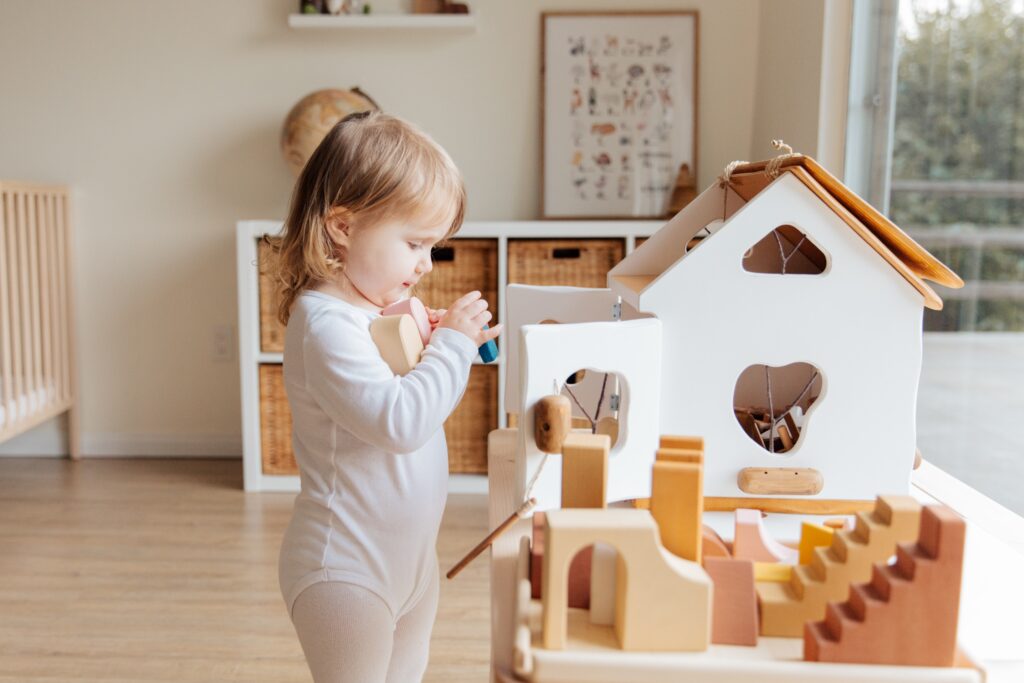
Here are the top 50 necessary products
- Diapers
- Baby wipes
- Diaper rash cream
- Baby powder
- Baby oil
- Baby lotion
- Baby shampoo
- Baby soap
- Baby bath tub
- Bath toys
- Hooded towels
- Baby nail clippers
- Nose aspirator
- Baby thermometers
- Baby hair brush
- Baby hair comb
- Baby clothes (bodysuits, onesies, pajamas, etc.)
- Baby socks
- Baby shoes
- Baby hats
- Baby mittens
- Baby swaddles
- Baby blankets
- Baby sleeping bags
- Baby monitors
- Baby high chair
- Baby feeding bottles
- Bottle brush
- Bottle sterilizer
- Baby formula
- Breast pumps
- Nursing pillows
- Burp cloths
- Baby bibs
- Baby food (purees, cereals, etc.)
- Baby spoons
- Baby bowls
- Sippy cups
- Baby pacifiers
- Baby teethers
- Baby toys (rattles, stuffed animals, etc.)
- Baby play mats
- Baby walkers
- Baby jumpers
- Baby swings
- Baby bouncers
- Baby carriers
- Car seats
- Strollers
- Baby gates
It’s important to note that every family and every child is different, and some products may be more or less necessary depending on individual needs and preferences. Additionally, safety should always be a top priority when choosing products for toddlers
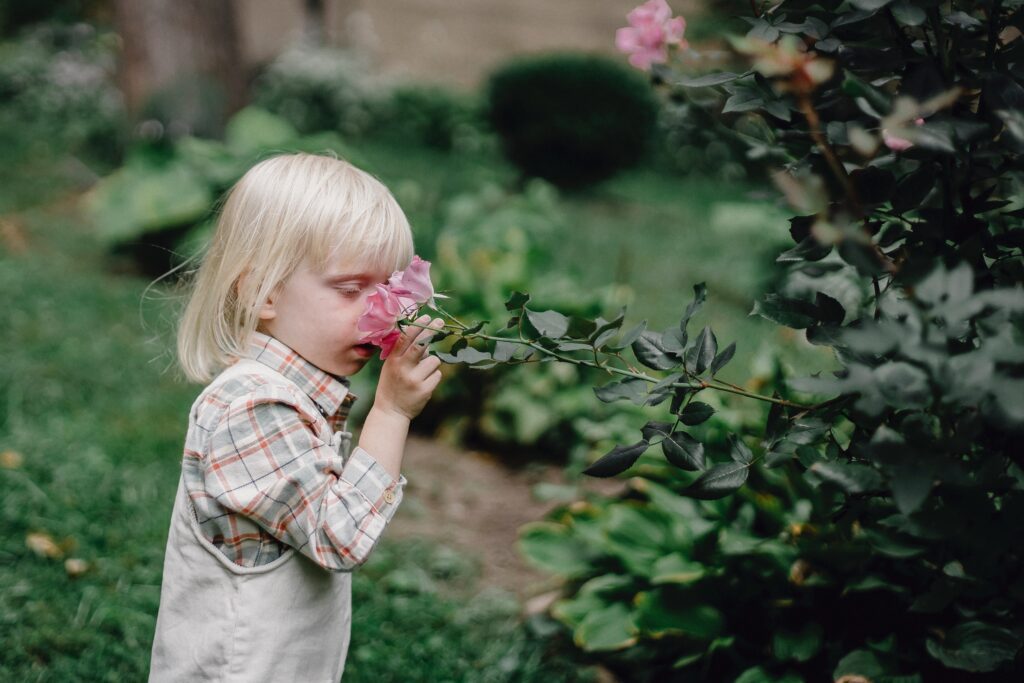
Why growth is important
Growth is important for several reasons. First, physical growth and development during the toddler years lay the foundation for a child’s future health and well-being. This is the time when children develop their gross and fine motor skills, coordination, and physical abilities such as walking, running, jumping, and climbing. These skills are important for children to participate in physical activities, sports, and other forms of exercise throughout their lives.
Second, cognitive and emotional development during the toddler years lay the foundation for a child’s future academic success and mental health. Toddlers are rapidly developing their language and communication skills, memory, problem-solving abilities, and emotional regulation. These skills are important for children to succeed in school, develop positive relationships with others, and manage their emotions and behaviors throughout their lives.
Finally, the toddler years are a critical time for parents and caregivers to establish healthy habits and routines for their children. This includes establishing regular sleep schedules, promoting healthy eating habits, and encouraging physical activity. These habits can have a lasting impact on a child’s health and well-being throughout their lives.
In summary, toddler growth is important because it sets the stage for a child’s future physical, cognitive, and emotional health and well-being. By promoting healthy habits and providing a supportive and nurturing environment during the toddler years, parents and caregivers can help their children reach their full potential and thrive throughout their lives.

